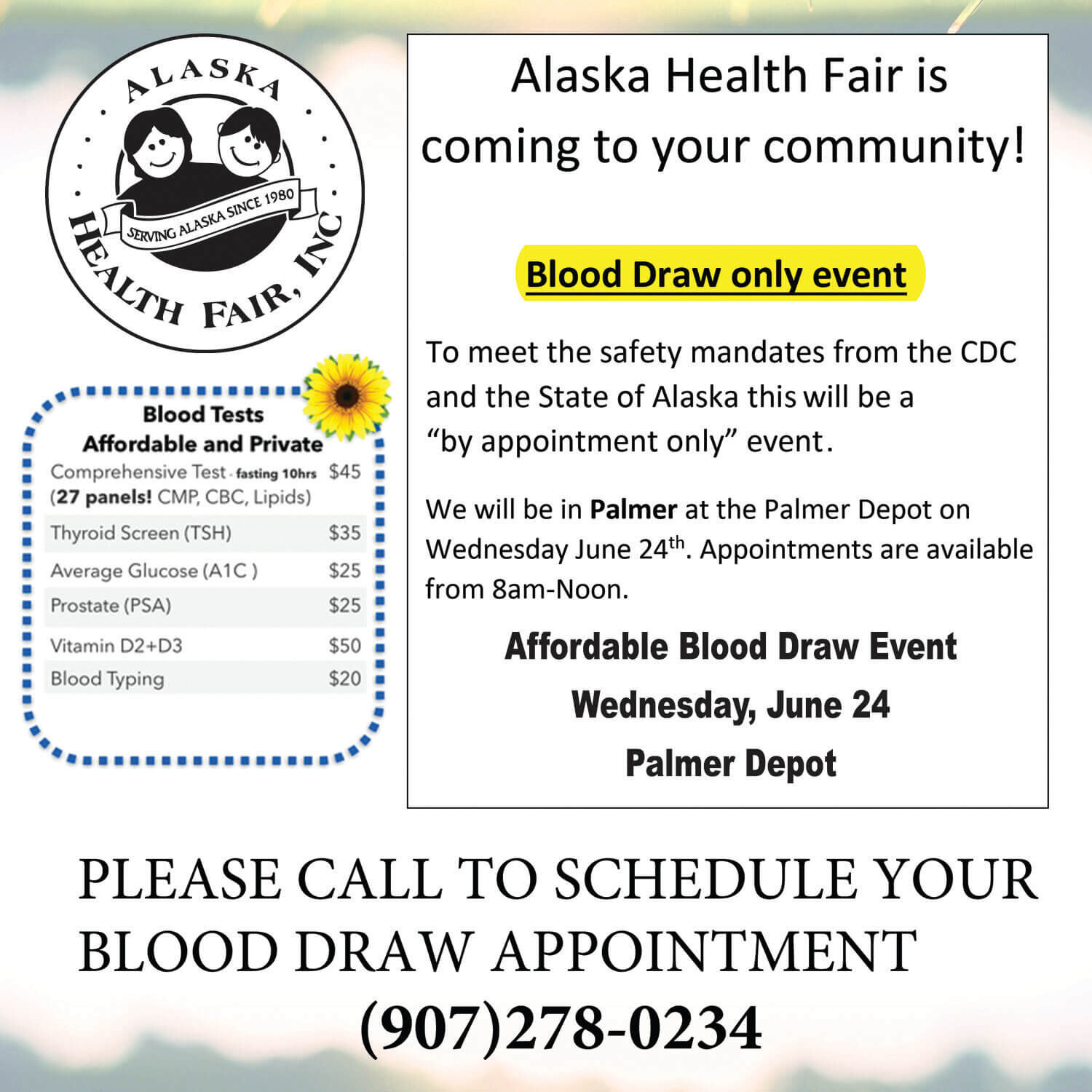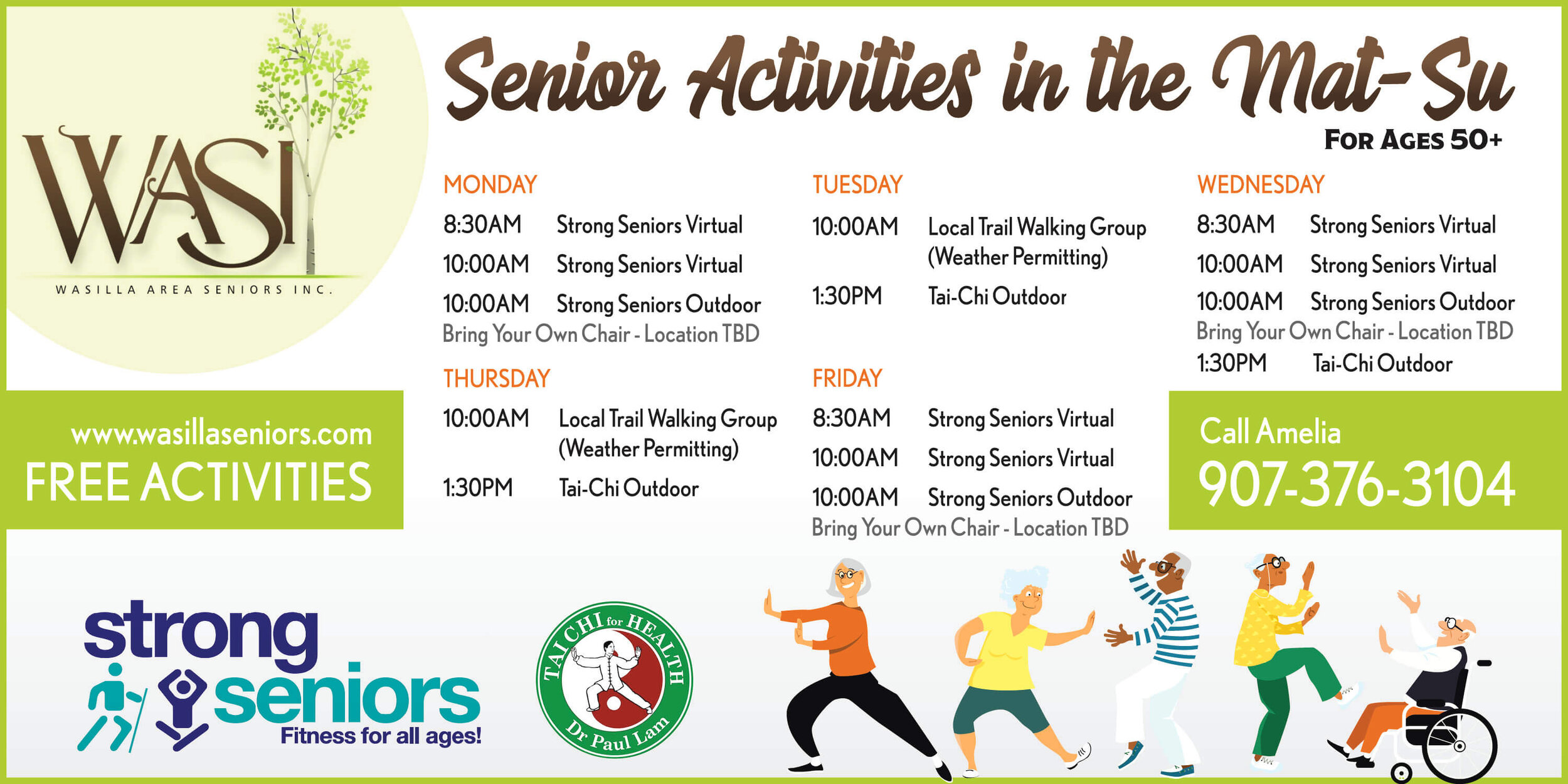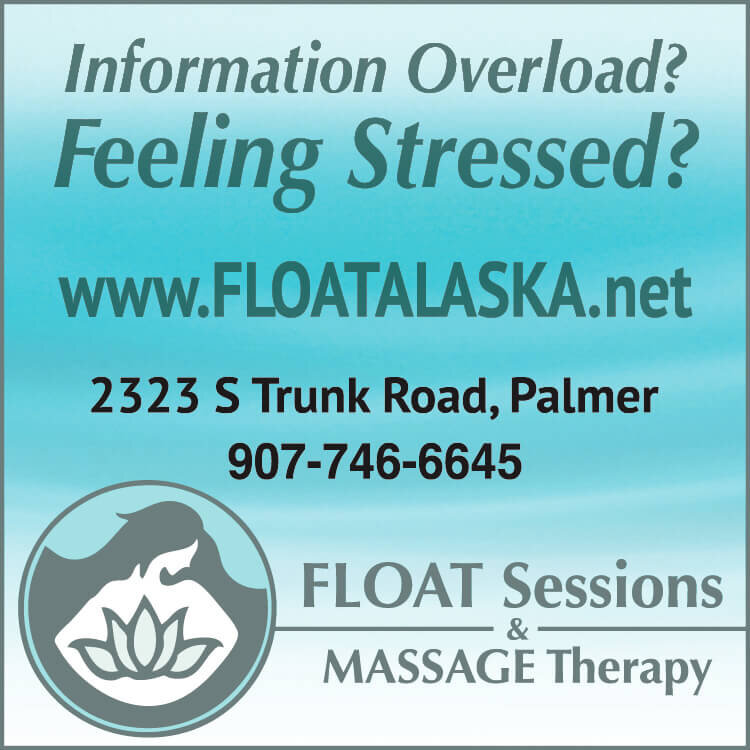Contributed by Major Mike Dryden, USAR Retired
The volume of veterans set to reach retirement age in the next decade will put tremendous pressure on the VA healthcare system. The Long-Term Supports and Services (LTSS) is one program the VA is attempting to rebalance and revamp in an attempt to avoid any impact on veterans.
LTSS offers patent-centered services in the least restrictive setting possible. For the majority of veterans, that place is their home. In the past, the VA’s focus has been on elder-care institutions, i.e. long-term care facilities.
However, in the past decade, the VA’s LTSS programs has expanded their in-home care services thus allowing a veteran to live in a familiar, safe and least-restrictive environment (home) in concert with the veteran’s extended family support system. This delivery of services method is a force multiplier of precious VA budget dollars.
The VA has been tasked to shift from the outdated institutional model to home and community-based services (HCBS). However, a decade has passed since the GAO has updated Congress and should conduct a review of HCBS and other programs. For this sorely needed transition to speedily occur, Congress must be proactive and demand that the VA move swiftly into the more cost-effective, home-based model.
On a related issue, the VA’s Program of Comprehensive Assistance for Family Caregivers (PCAFC) has proved to be a major factor in a veteran’s ability to remain at home with their family caregivers. As most realize, having a family member at home is a blessing, but at the same time very taxing on the caregiver. The stipend provided by the VA to the caregiver has shown this small expense prevents the veteran from needing a higher, more costly level of care. The caregiver is given healthcare coverage if they have none and paid respite to avoid caregiver burnout.
But access to PCAFC is denied to veterans injured before September 11, 2001. While this bill was passed in the wake of the 9/11 attack, the veteran community believes that all veterans’ service was important and no such benchmark date should be used to deny home-based services. By allowing an injured veteran to be cared for by their loved ones instead of wasting away in a long-term care facility is far better for the service member and more cost effective. The latest figures show the average cost per patient covered by PCAFC is $37,000 compared to $330,000 for a bed in long-term care. This is what the private sector calls a no-brainer.
Finally, on a more somber subject, we need to address mental health and suicide prevention. The number of veterans who take their own life is well above the average of the general population at more than twenty per day. Almost every waking hour of your day, some veteran decides to end it all. After somebody close to you or a family member loses a loved one to suicide, the question always come up, “I wish I had done something when I noticed the changes in his/her lifestyle.”
All age groups are at risk, but the over 65 year old veterans account for 65% of all self-inflicted deaths. Remember, veterans may have suppressed their PTSD by using drugs and/or alcohol to an excess. The Vietnam-era veteran was from a generation where talking about such problems were considered a sign of weakness. Proactive measures by friends or family need to be used if this age group’s circle of family and friends are to be spared the tragic impact of suicide.
The VA is acutely aware of this risk, but is hampered by the availability of trained mental health care professionals in the labor market.The number of veterans seeking mental health advice and service has risen by over 70% in recent years. This trend is good news because veterans are reaching out for help. However, the wait time for initial evaluation is increasing at an alarming rate.
A veteran’s struggle to ask for help is a major first step on the road to recovery, but the window of opportunity to get help is limited. If a veteran seeks help and doesn’t receive that help in a timely manner, the next step might just be suicide. Remember that depression is not a permanent condition and can be reversed with proper help.
The major problem for both the veteran and the VA is after a service member receives their discharge, no tracking system exists at present for a veteran unless the veteran asks for help. This is where the family needs to be the driver for their loved one's recovery and treatment. Mental illness can’t be seen like an injury to a part of your body. It is the recognition of the veteran’s actions that dictates the need for help.
Service organizations like the DAV, American Legion, VFW and many other fine non-profits are your best resources for up-to-date information on new programs. Your local VA clinic if you have one close by is where you need to start by getting enrolled in the health care program. A DD214 and a couple of hours starts the ball rolling.
My thanks to the following websites for the information in this article:
MOAA, DAV, VFW, American Legion, TopVA Care.com and the Veteran Administration.
















































